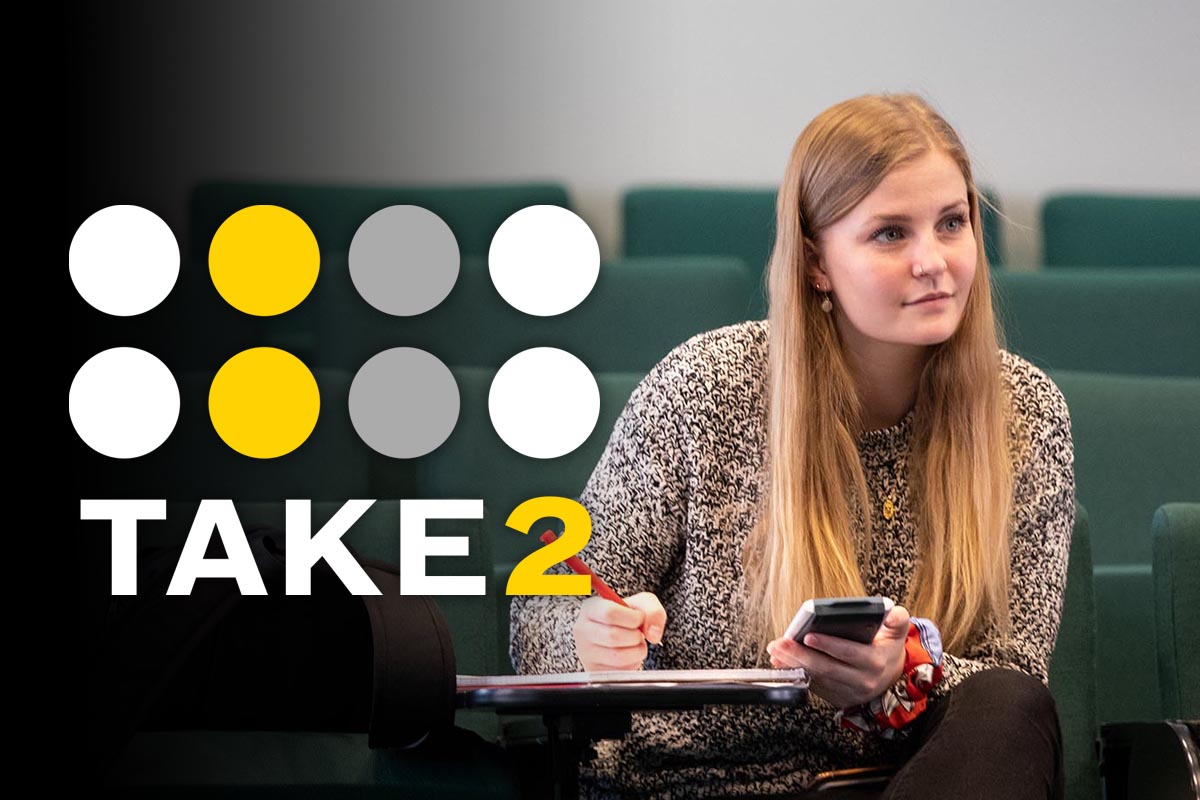Evolution, psychology, and physical attraction
Open up almost any magazine aimed at teenagers and young adults, and you can find numerous articles about how to be attractive, either through the way one dresses, acts, or talks.
Two Randolph students are working on scientific research into the topic of attractiveness. But their work is designed to lead not to more dating advice, but to an increased understanding of how concepts of attractiveness have evolved.
 Sandeep Poudyal ’16 became interested in the topic in an evolutionary psychology class in which he learned that there have been many evolutionary explanations for heterosexual physical attraction, but there are fewer explanations on homosexual attraction. An idea for a research project began brewing.
Sandeep Poudyal ’16 became interested in the topic in an evolutionary psychology class in which he learned that there have been many evolutionary explanations for heterosexual physical attraction, but there are fewer explanations on homosexual attraction. An idea for a research project began brewing.
“I thought it would be fun to explore some more stuff about heterosexual attraction, and find some new information on homosexual attraction,” he said. He proposed a summer research project with Dennis Goff, the Charles A. Dana Professor of Psychology. He also invited Lauren Mason ’16, who wanted research experience to help prepare her for graduate school.
Goff explained that many aspects of physical attraction can be explained by the evolutionary impulse to reproduce. Women evolved to seek strong mates who would be interested in supporting and protecting children, while men have an evolved attraction toward characteristics that signal fertility.
The group’s goal is to design an experiment that would gauge the influence of various characteristics on physical attraction. For the past few weeks, they have been reading articles to get ideas. “We’ve been doing a literature review and looking at possible studies to replicate,” Mason said. They plan to look at how facial characteristics, voice, and personal traits such as humor or intelligence affect attraction.
They will measure the physical attraction associated with those characteristics by administering questionnaires that people will complete. For example, they might play two voices and ask participants which one is more attractive, or they show a picture and ask the participants to rate the face for attraction.
Poudyal said the group plans to administer the survey to a few people this summer to collect pilot data. This will set the stage for more in-depth research with more participants in the fall. The same survey would be administered to homosexual and heterosexual participants to yield a broader scale of data.
The students have enjoyed the summer research, especially the ability to work closely with a professor who helps them develop ideas. “You don’t have to compete with anyone else for the personal attention that you very much want from a professor,” Poudyal said.
He added that the project has helped him confirm his plans to continue researching and earn a Ph.D. after college. “I definitely know that this is what I want to do in the future,” he said. “That is why I decided I want to do research this summer. You learn so much that you didn’t know anything about in the beginning.
“It’s a challenge, but it’s fun.”
Tags: psychology, summer research, summer research 2014
